I can still remember the first time I laid eyes on a white-tailed buck in velvet.
I remember I was riding with my Dad on our ranch, standing up in the front seat, eyes glued to the windshield, intently watching.
Being 6 years old. I loved doing that. But, what I didn’t know was the next curve on that road would change me forever!
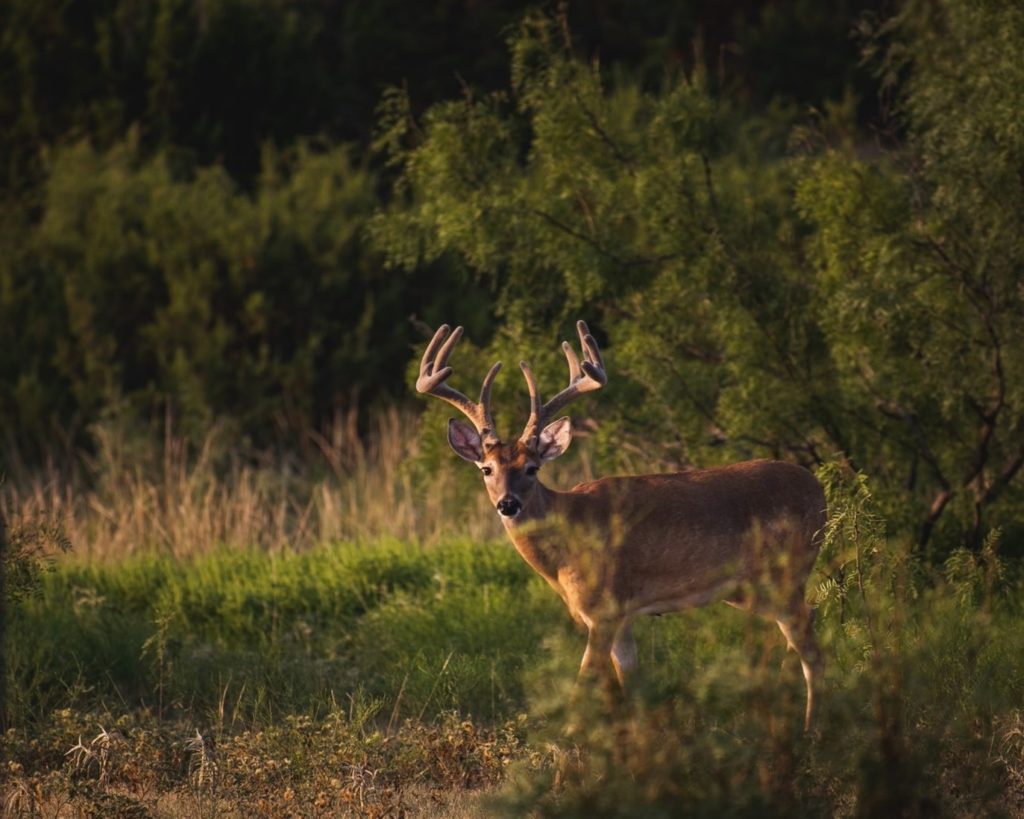
The impact mineral sites can have on overall herd health and antler growth are precisely what’s needed for reaching full genetic potential. When combined with herd & habitat management the potential becomes astonishing. (photo credit: Colton Beam)
As we came around the back side of the pond, a young 9-point jumped out right in front of us. He was standing no more than 20 yards from the truck, not a care in the world, as if he knew we were no danger to him. He just stood there.
At that very moment, seeing his horns in full velvet and not understanding why they had fur on them, would spark an infatuation that would change my life.
As odd as it may sound, I never wanted to be a Fireman or Astronaut. I never wanted to play professional Football or Baseball like most kids my age. All I wanted was to do whatever I could involving white-tailed deer.
To say I was captivated from such a young age feels like a major understatement! The riveting fascination that took hold of me that day, thus far, has yielded a lifelong thirst for knowledge.
-
Sale!
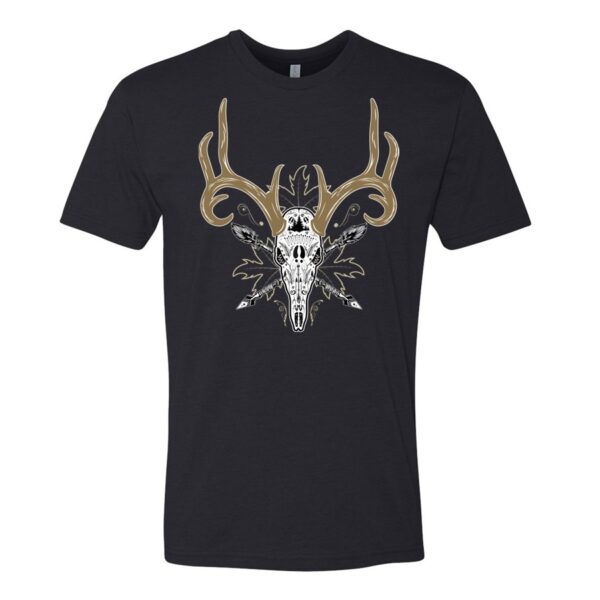
N1 Outdoors® Whitetail Sugar Skull Tee (Black/Columbia Blue)
$19.00 Select options This product has multiple variants. The options may be chosen on the product page -
Sale!
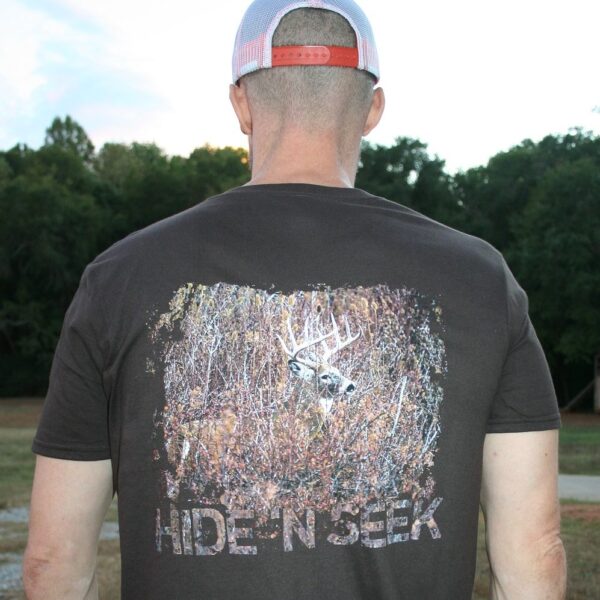
N1 Outdoors® Hide ‘N Seek Buck™ Tee
Original price was: $22.99.$5.00Current price is: $5.00. Select options This product has multiple variants. The options may be chosen on the product page -
Sale!
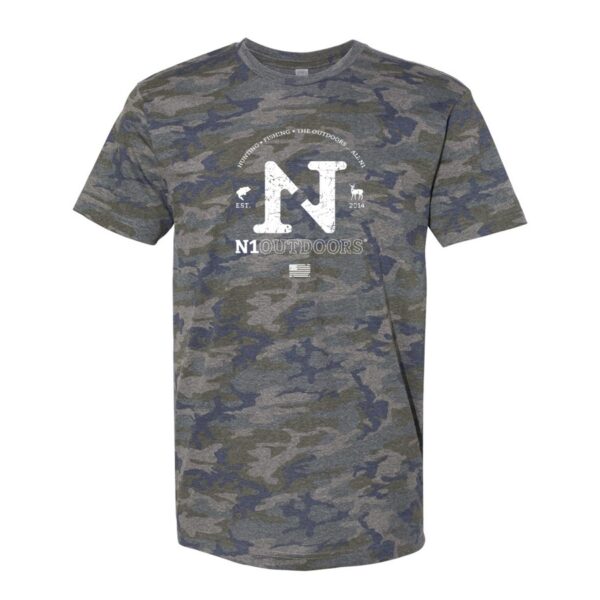
N1 Outdoors® Est. 2014 Vintage Camo USA Tee
$15.00 Select options This product has multiple variants. The options may be chosen on the product page
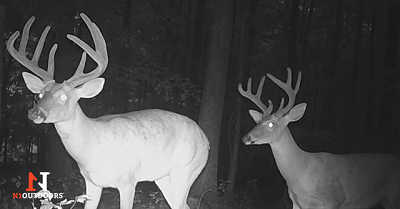
The difference in antler size is heavily influenced by proper mineral nutrition.
From fascination to education
Fast forwarding 30 years, that pursuit of knowledge has le me down many different paths, one being the Wildlife Biology program at Texas Tech University.
But enough about me, antler growth is what this is all about!
So, if adding a Mineral site to help increase antler growth in your bucks is what you looking to achieve, let’s talk facts! My goal is to simply shed some light on the benefits of utilizing minerals in antler growth, and more importantly, to explain the complexities of mineral nutrition in deer by putting it in layman’s terms, so everyone can understand.
Minerals 101
Minerals, in a deer’s diet, are extremely important to overall health and productivity. First, you should understand there are multiple mineral requirements, some more imperative than others, depending on the situation.

Minerals drastically increase the quality of milk a lactating doe produces in Spring & Summer for fawns.
Some of the required quantities are so small, they don’t require special attention. Nevertheless, when it comes to the most evidential sources, Calcium and Phosphorus are the most important; these two minerals are the main constituent for bone and antler development.
There are also other minerals that serve a vital role, some not as evidential. Nonetheless, their role shouldn’t be disqualified because they aren’t as obvious, as it’s important to know them.
For example, Copper, Zinc, Sodium, Selenium, Iodine, Magnesium and Manganese are such minerals. Each serve important roles, but can become very complex when it comes to how much or how little of each is needed so deficiencies or toxicities don’t occur.
-
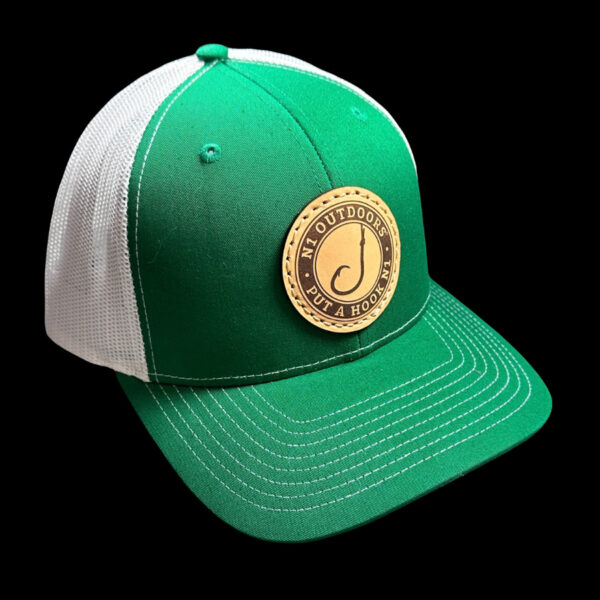
N1 Outdoors® Put A Hook N1™ Fish Hook Leather Patch Hat (Kelly Green/White)
$29.99 Select options This product has multiple variants. The options may be chosen on the product page -
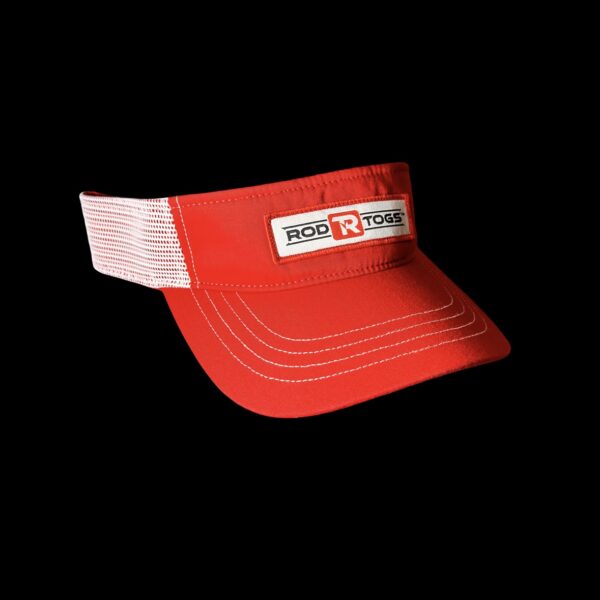
N1 Outdoors® RodTogs™ Patch Trucker Visor (Red w/White Mesh)
$26.99 Select options This product has multiple variants. The options may be chosen on the product page -
Sale!
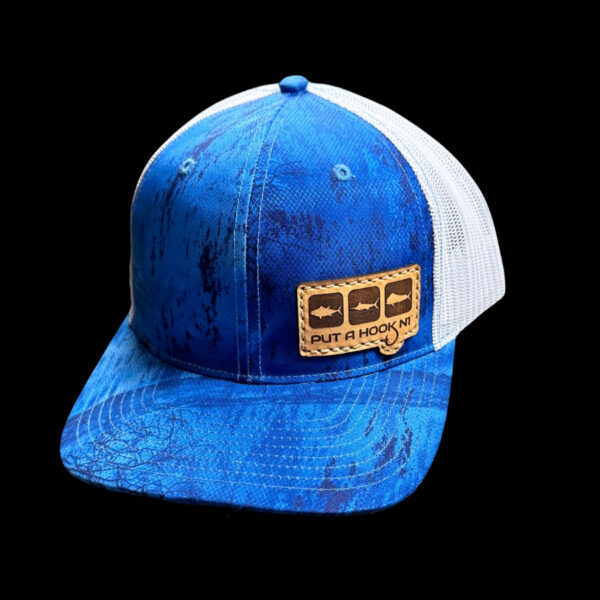
Put A Hook N1™ Offshore TriBlock Leather Patch Hat
Original price was: $26.99.$15.00Current price is: $15.00. Select options This product has multiple variants. The options may be chosen on the product page
The need and requirement of minerals by deer change season by season, year to year.
Rain, or the lack there of, is a major contributor to the availability of natural resources. A quality habitat provides a nutritional foundation for deer that ensures reproductive success, herd health, support of healthy population numbers, and antler growth.
A diversity of forbs, shrubs, browse and some grasses provide a great food source for your deer. Certain regions can even yield impressive percentages in mineral and crude proteins.
Having well-nourished deer helps them achieve their genetic potential. However, in years of drought or low rain fall, these resources are drastically affected, and that is when a good mineral site becomes a vital resource for your deer.
Which Deer Minerals To Buy
It’s overwhelming how many mineral mixes are available these days, all claiming astonishing success or promising massive jumps in antler growth. So, how is someone supposed to decide on the right mineral and know they aren’t wasting their money?
Here are a few key points that will help in narrowing down your search for a quality product.
- Make sure the list of ingredients on the bag has all the minerals listed above. None of them should be left out! Believe it or not, some on the market don’t even contain Phosphorus, which is key for antler development.
- “Attractants and Flavors”– These are an industry gimmick, designed to make you, the consumer, think the product will perform better. Quality ingredients don’t need to be masked with artificial flavors or attractants for deer to want them!
- Sodium (salt): While there is no doubt salt is crucial for deer at certain times, it is highly overused. First, if it says “Salt Mineral” or “Salt Mineral Lick” anywhere, walk away! If the percentage is greater than 35%, walk away! Anytime the sodium (salt) is 35% or greater it takes away nutritional value of everything else, including Calcium and Phosphorus.
(I’ll speak further regarding Sodium & attractant/flavors in upcoming blogs)
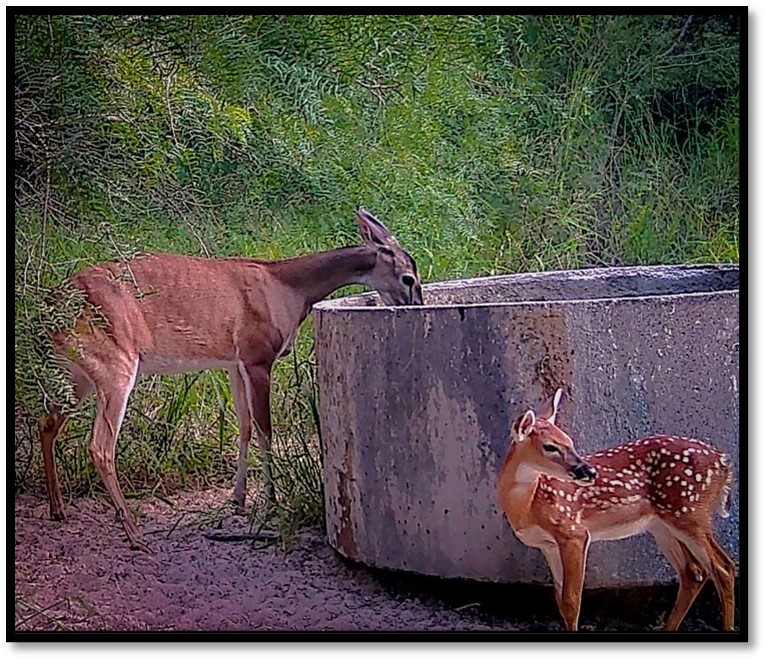
The “where,” “when,” and “how” of mineral sites is critical to know when getting your mineral sites started. (photo credit: Dwight Korenek, Burnt Oak Ranch)
Getting Your Mineral Sites Started
Where: Normally, having a site every 25-75 acres is key. But, you need to consider your property and the density of your deer herd, first. So, to start out, make it simple, start your sites close to where you know the deer are.
The deer will tell you everything you need to know if you pay attention, trail cameras have made this possible, they allow you to not only monitor the activity but the deer’s desire/dependability for the mineral and the site.
When: This varies from state to state, so make sure to check your local game laws. I prefer starting at the end of winter (post-rut) through August. Starting early helps provide a jump on putting body fat back on the bucks Most importantly, does are pregnant and in major need of quality nutrients for not just themselves, but the development of the fetus, which is the future of your deer herd!
How, keep it simple! You don’t have to clear an area, dig down a few inches, and cover it back with dirt after you’ve added the product. While there’s nothing wrong with that method, I just prefer a “simplified” approach.
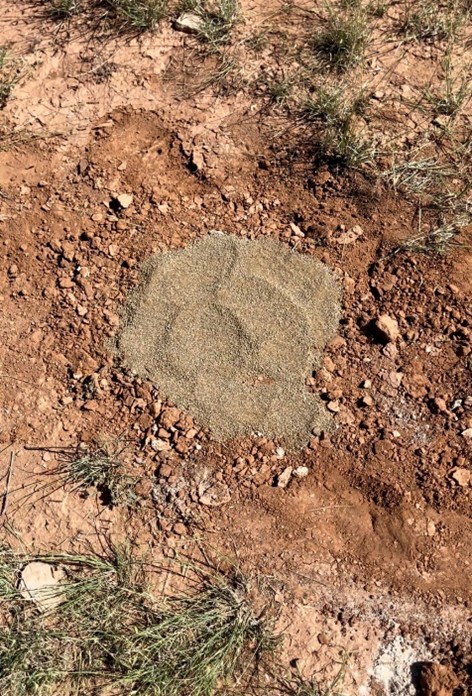
Mineral site placement doesn’t have to be complicated. Simply clear and pour on the ground.
Depending on the ground cover, I’ll clear a 3-4 foot spot, and then pour the mineral right on the ground. If clearing isn’t needed, that’s even better, you can just pour it right on the ground!
PVC Deer Mineral Design
Another option I like that’s simple, is this PVC design. It works great in situations where your able to attach it to a stationary object like a fence post or tree.
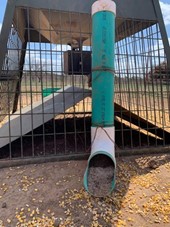
This PVC mineral dispenser is attached to a feeder and positioned to touch the ground. The mineral is gravity fed through the PVC and positioned at a slight angle to help the product flow properly. The PVC also helps protect the mineral from weather and allows it to last longer.
In Conclusion
Before concluding, I want to get you thinking about something I’ll talk more about in upcoming blogs. For starters, shifting your attention more toward your does and fawns.
Does are responsible for the development of fawns and fawns are the future of your deer herd. So, if you truly want bigger bucks, then you’ll learn the healthier your does are, the better start your fawns will get, which means your future bucks will have a better genetic potential.
I’ll also be discussing bioavailability, absorption, palatability and the importance of other key minerals your deer need in achieving better antler growth and overall health.
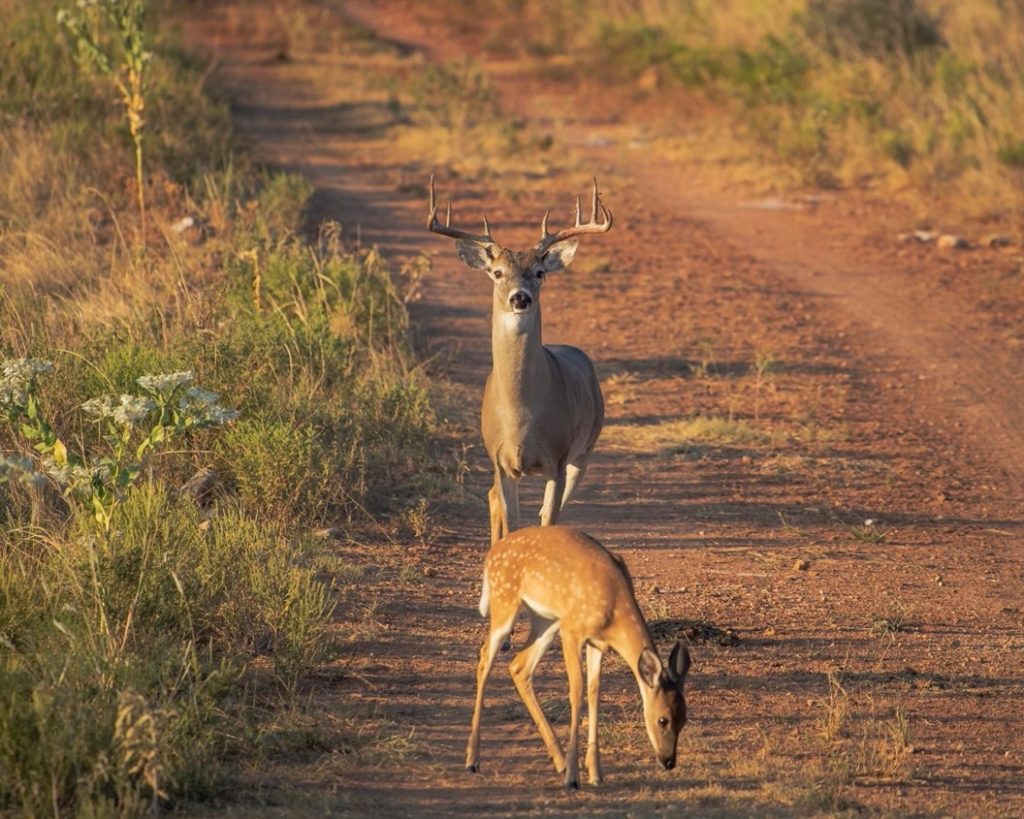
Fawns are the future of your herd! When they are provided with a surplus of minerals from day one, their genetic potential becomes greater, resulting in bigger bucks for the future. (photo credit: Colton Beam)
As I stated in the beginning, my primary focus was on the basic understanding of minerals and the role they play in antler growth, so everyone could understand.
With so many blogs and articles out there, mostly written toward a specific product a company is selling, I felt it was important to start this “series” strictly to share knowledge.
I undoubtable am a believer in “knowledge is power” and with the proper knowledge, I hope it helps you can gain the confidence needed to properly manage your deer.
If you’d like help managing your whitetail property, you can reach me at:
- H3 Whitetail Solutions
- 214-399-7201
- [email protected]


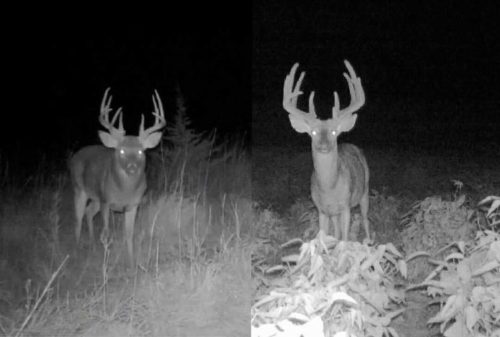


I really enjoyed this article. It was a great read without a sales pitch of a certain product. We have some great bucks here in Kansas. I like the idea of the doe approach to the future. This is the same in our cow operations. I will put you knowledge to work for us on several pieces of property. Thanks again
Hi
Nice article
Good read
But with no measurements for each & every mineral that’s all it really is ..